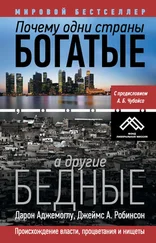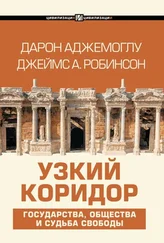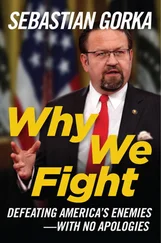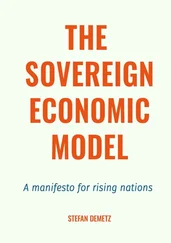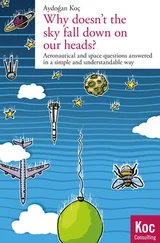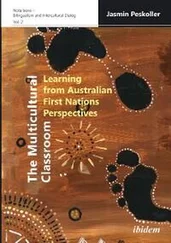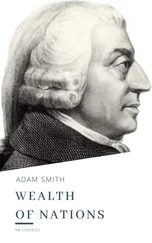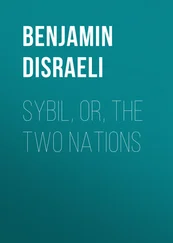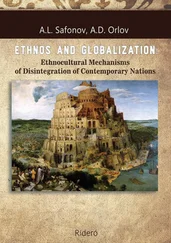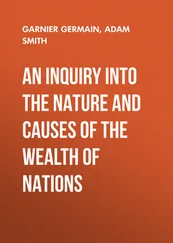But other mechanisms were also in play. Sierra Leone’s cocoa and coffee farmers did not compete with whites, though their incomes were still expropriated via a government monopoly, the marketing board. Sierra Leone also suffered from indirect rule. In many parts of Africa where the British authorities wished to use indirect rule, they found peoples who did not have a system of centralized authority who could be taken over. For example, in eastern Nigeria the Igbo peoples had no chiefs when the British encountered them in the nineteenth century. The British then created chiefs, the warrant chiefs. In Sierra Leone, the British would base indirect rule on existing indigenous institutions and systems of authority.
Nevertheless, regardless of the historical basis for the individuals recognized as paramount chiefs in 1896, indirect rule, and the powers that it invested in paramount chiefs, completely changed the existing politics of Sierra Leone. For one, it introduced a system of social stratification—the ruling houses—where none had existed previously. A hereditary aristocracy replaced a situation that had been much more fluid and where chiefs had required popular support. Instead what emerged was a rigid system with chiefs holding office for life, beholden to their patrons in Freetown or Britain, and far less accountable to the people they ruled. The British were happy to subvert the institutions in other ways, too, for example, by replacing legitimate chiefs with people who were more cooperative. Indeed, the Margai family, which supplied the first two prime ministers of independent Sierra Leone, came to power in the Lower Banta chieftaincy by siding with the British in the Hut Tax Rebellion against the reigning chief, Nyama. Nyama was deposed, and the Margais became chiefs and held the position until 2010.
What is remarkable is the extent of continuity between colonial and independent Sierra Leone. The British created the marketing boards and used them to tax farmers. Postcolonial governments did the same extracting at even higher rates. The British created the system of indirect rule through paramount chiefs. Governments that followed independence didn’t reject this colonial institution; rather, they used it to govern the countryside as well. The British set up a diamond monopoly and tried to keep out African miners. Postindependence governments did the same. It is true that the British thought that building railways was a good way to rule Mendeland, while Siaka Stevens thought the opposite. The British could trust their army and knew it could be sent to Mendeland if a rebellion arose. Stevens, on the other hand, could not do so. As in many other African nations, a strong army would have become a threat to Stevens’s rule. It was for this reason that he emasculated the army, cutting it down and privatizing violence through specially created paramilitary units loyal only to him, and in the process, he accelerated the decline of the little state authority that existed in Sierra Leone. Instead of the army, first came the Internal Security Unit, the ISU, which Sierra Leone’s long-suffering people knew as “I Shoot U.” Then came the Special Security Division, the SSD, which the people knew as “Siaka Stevens’s Dogs.” In the end, the absence of an army supporting the regime would also be its undoing. It was a group of only thirty soldiers, led by Captain Valentine Strasser, that pitched the APC regime from power on April 29, 1992.
Sierra Leone’s development, or lack thereof, could be best understood as the outcome of the vicious circle. British colonial authorities built extractive institutions in the first place, and the postindependence African politicians were only too happy to take up the baton for themselves. The pattern was eerily similar all over sub-Saharan Africa. There were similar hopes for postindependence Ghana, Kenya, Zambia, and many other African countries. Yet in all these cases, extractive institutions were re-created in a pattern predicted by the vicious circle—only they became more vicious as time went by. In all these countries, for example, the British creation of marketing boards and indirect rule were sustained.
There are natural reasons for this vicious circle. Extractive political institutions lead to extractive economic institutions, which enrich a few at the expense of many. Those who benefit from extractive institutions thus have the resources to build their (private) armies and mercenaries, to buy their judges, and to rig their elections in order to remain in power. They also have every interest in defending the system. Therefore, extractive economic institutions create the platform for extractive political institutions to persist. Power is valuable in regimes with extractive political institutions, because power is unchecked and brings economic riches.
Extractive political institutions also provide no checks against abuses of power. Whether power corrupts is debatable, but Lord Acton was certainly right when he argued that absolute power corrupts absolutely. We saw in the previous chapter that even when Franklin Roosevelt wished to use his presidential powers in a way that he thought would be beneficial for the society, unencumbered by constraints imposed by the Supreme Court, the inclusive U.S. political institutions prevented him from setting aside the constraints on his power. Under extractive political institutions, there is little check against the exercise of power, however distorted and sociopathic it may become. In 1980 Sam Bangura, then the governor of the central bank in Sierra Leone, criticized Siaka Stevens’s policies for being profligate. He was soon murdered and thrown from the top floor of the central bank building onto the aptly named Siaka Stevens Street. Extractive political institutions thus also tend to create a vicious circle because they provide no line of defense against those who want to further usurp and misuse the powers of the state.
Yet another mechanism for the vicious circle is that extractive institutions, by creating unconstrained power and great income inequality, increase the potential stakes of the political game. Because whoever controls the state becomes the beneficiary of this excessive power and the wealth that it generates, extractive institutions create incentives for infighting in order to control power and its benefits, a dynamic that we saw played out in Maya city-states and in Ancient Rome. In this light, it is no surprise that the extractive institutions that many African countries inherited from the colonial powers sowed the seeds of power struggles and civil wars. These struggles would be very different conflicts from the English Civil War and the Glorious Revolution. They would not be fought to change political institutions, introduce constraints on the exercise of power, or create pluralism, but to capture power and enrich one group at the expense of the rest. In Angola, Burundi, Chad, Côte d’Ivoire, the Democratic Republic of Congo, Ethiopia, Liberia, Mozambique, Nigeria, Republic of Congo Brazzaville, Rwanda, Somalia, Sudan, and Uganda, and of course in Sierra Leone, as we will see in more detail in the next chapter, these conflicts would turn into bloody civil wars and would create economic ruin and unparalleled human suffering—as well as cause state failure.
FROM ENCOMIENDA TO LAND GRAB
On January 14, 1993, Ramiro De León Carpio was sworn in as the president of Guatemala. He named Richard Aitkenhead Castillo as his minister of finance, and Ricardo Castillo Sinibaldi as his minister of development. These three men all had something in common: all were direct descendants of Spanish conquistadors who had come to Guatemala in the early sixteenth century. De León’s illustrious ancestor was Juan De León Cardona, while the Castillos were related to Bernal Díaz del Castillo, a man who wrote one of the most famous eyewitness accounts of the conquest of Mexico. In reward for his service to Hernán Cortés, Díaz del Castillo was appointed governor of Santiago de los Caballeros, which is today the city of Antigua in Guatemala. Both Castillo and De León founded dynasties along with other conquistadors, such as Pedro de Alvarado. The Guatemalan sociologist Marta Casaús Arzú identified a core group of twenty-two families in Guatemala that had ties through marriage to another twenty-six families just outside the core. Her genealogical and political study suggested that these families have controlled economic and political power in Guatemala since 1531. An even broader definition of which families were part of this elite suggested that they accounted for just over 1 percent of the population in the 1990s.
Читать дальше

